Study on the Equivalent Density Tool and Depressurisation Mechanism of Suction-Type Depressurisation Cycle
Abstract
:1. Introduction
2. The Structure of the Suction-Type Falling ECD Tool
2.1. Tool Structure and Depressurisation Principle
2.2. Parameters of Tools
3. Numerical Simulation
3.1. The Simulation Pretreatment of the Liquid-Suction ECD Reduction Tool Model
3.1.1. Computation Module
3.1.2. Meshing and Boundary Condition Setting
3.2. The Pressure Drop Distribution of the Liquid-Absorbing ECD-Reducing Tool When Drilling Fluid Flows with Different Densities
3.3. The Pressure Drop Distribution of the Liquid Absorption ECD Tool at Different Displacements
3.4. The Pressure Drop Distribution of the Liquid-Absorbing ECD-Reducing Tool at Different Viscosities
4. Field Test
5. Conclusions
- (1)
- The conventional approach proved inadequate for addressing the challenges associated with the efficient and rapid drilling of wells with narrow density windows and other complex scenarios. There is a clear need for a fundamental improvement in the existing methodology, necessitating a shift towards more sophisticated equipment and drilling techniques to effectively address the complexities inherent to the drilling process.
- (2)
- The density of the drilling fluid gradually increases (1.2–2.0 g/cm3) and its pressure reduction effect also increases gradually. The pressure reduction value reaches 2.3 MPa, and the density can be reasonably controlled. However, if the density is too high, the pressure in the wellbore will also be too high, which will increase the risk of tool seal failure.
- (3)
- As the volume of drilling fluid displaced gradually increases (1500–2500 L/in), the pressure drop value fluctuates significantly, and the pressure drop effect is more pronounced, reaching approximately 2 MPa. With the increase in drilling fluid displacement, the pressure drop effect is enhanced, and when the displacement is minimal, the tool pressure drop and shunt effects are not discernible.
- (4)
- At a viscosity of 0.04 kg/(m·s), the pressure drop is approximately 1.7 MPa. At a viscosity of 0.06 kg/(m·s), the pressure drop is approximately 1.71 MPa. The pressure drop remains almost unchanged at 1.71 MPa in both working conditions, indicating that the viscosity has minimal impact on the suction-type tool’s pressure drop. Instead, the flow rate ap-pears to be the primary factor influencing the pressure drop, particularly when the dis-placement is equal.
- (5)
- The majority of traditional pressure-relief tools require ground equipment to pro-vide the necessary power to drive the pressure-relief tool to rotate. The cost of the input equipment is considerable, and the pressure-relief effect is minimal. This paper proposes a new type of suction-type pressure-relief tool that does not require power equipment.
- (6)
- This paper proposes a new type of suction-type pressure-relief tool that does not require power equipment. Instead, it converts the hydraulic energy generated by circulating fluid into mechanical energy, which drives the pressure-relief tool to rotate. The pressure-relief effect reaches 2 MPa, which has an evident impact on pressure relief. Furthermore, it provides an innovative direction for addressing the challenge of high-temperature and high-pressure drilling with a narrow pressure window.
- (7)
- The new suction-type pressure-relief tool employs a single screw pump as the power component. The potential failure modes of the single screw pump are numerous and complex, making it challenging to accurately assess the failure risk using conventional assessment methods. Without a comprehensive risk assessment model, it is difficult to implement targeted risk reduction measures.
Author Contributions
Funding
Data Availability Statement
Conflicts of Interest
References
- Zheng, F.; Yu, S.; Li, G.; Luo, H.; Huang, Z. Jet hydraulic depressurization experimental study. Pet. Mach. 2008, 36, 4. [Google Scholar]
- Yuan, G. Research Status and Performance Analysis of Jet Pump Tool for Reducing Bottom Hole Pressure Difference. Oil Drill. Technol. 2012, 40, 76–80. [Google Scholar]
- Zhu, H.; Deng, J.; He, Y. Hydraulic jet technology to reduce bottom hole pressure difference. J. China Univ. Pet. Nat. Sci. Ed. 2013, 37, 50–56. [Google Scholar]
- Dokhani, V.; Ma, Y.; Yu, M. Determination of equivalent circulating density of drilling fluids in deepwater drilling. J. Nat. Gas Sci. Eng. 2016, 34, 1096–1105. [Google Scholar] [CrossRef]
- Erge, O.; Ozbayoglu, E.M.; Miska, S.Z.; Yu, M.; Takach, N.; Saasen, A.; May, R. Equivalent circulating density modeling of Yield Power Law fluids validated with CFD approach. J. Pet. Sci. Eng. 2016, 140, 16–27. [Google Scholar] [CrossRef]
- Abdelgawad, K.Z.; Elzenary, M.; Elkatatny, S.; Mahmoud, M.; Abdulraheem, A.; Patil, S. New approach to evaluate the equivalent circulating density (ECD) using artificial intelligence techniques. J. Pet. Explor. Prod. Technol. 2019, 9, 1569–1578. [Google Scholar] [CrossRef]
- Huang, Y.; Yang, J.; Sheng, Y.; Guan, Z.; Luo, M. Quantitative risk assessment method for high temperature and high pressure drilling engineering in Yingqiong Basin. Offshore Oil Gas China 2019, 31, 119–124. [Google Scholar]
- Chen, Y.; Zhang, F.; Wu, T.; Wang, Y.; Wang, Q. Extended reach well hole cleaning and ECD control. China Sci. Technol. Pap. 2021, 16, 1017–1022. [Google Scholar]
- Huang, W. Study on ECD Calculation Method of Changning Shale Gas Horizontal Well. Master’s Thesis, China University of Petroleum, Beijing, China, 2021. [Google Scholar]
- Duan, H. Study on the Calculation Method of High Temperature and High Pressure ECD of Oil-Based Drilling Fluid in Xinjiang Oilfield. Master’s Thesis, China University of Petroleum, Beijing, China, 2022. [Google Scholar]
- Foued, B.; Vamegh, R.; Nidhal, B. Impact of hole cleaning and drilling performanceon the equivalent circulating density. J. Pet. Sci. Eng. 2022, 211, 110150. [Google Scholar]
- Gao, Y.; Dong, H.; Hu, Y.; Chen, C.; Cheng, L. Prediction model and application of drilling fluid equivalent circulation density in deepwater HTHP wells. Spec. Oil Gas Reserv. 2022, 29, 38–143. [Google Scholar]
- Wei, X. Key points of ECD check and control technology for high temperature and high pressure wells. Chem. Manag. 2022, 18, 157–160. [Google Scholar]
- Li, W.; Luo, M.; Huang, H.; Li, J.; Xiao, P. Annular ECD comprehensive calculation model of high temperature and high pressure slim hole horizontal well. Pet. Drill. Prod. Technol. 2023, 45, 259–268. [Google Scholar]
- Okonkwo, F.I.S.; Joel, F.O. Modelling the Effects of Temperature and Pressure on Equivalent Circulating Density (ECD) During Drilling Operations Using Artificial Neural Networks. J. Eng. Res. Rep. 2023, 25, 70–82. [Google Scholar] [CrossRef]
- Al-Rubaii, M.; Al-Shargabi, M.; Aldahlawi, B.; Al-Shehri, D.; Minaev, K.M. A Developed Robust Model and Artificial Intelligence Techniques to Predict Drilling Fluid Density and Equivalent Circulation Density in Real Time. Sensors 2023, 23, 6594. [Google Scholar] [CrossRef] [PubMed]
- Hao, X.; He, Y.; Cheng, B. Characteristics of drilling fluid equivalent circulating density distribution in double-gradient drilling wellbore with double-layer continuous tubing. Oil Drill. Process 2023, 45, 418–423. [Google Scholar]
- Liang, X.; Wei, K.; Fang, Q. Density calculation model and influence analysis of high temperature and high pressure oil-based drilling fluid. Petrochem. Appl. 2023, 42, 64–69. [Google Scholar]
- Zhang, Y.; Tang, R. Study of distribution of wellbore pressure and temperature of CO2 injection well. Offshore Oil 2007, 27, 59–64. [Google Scholar]


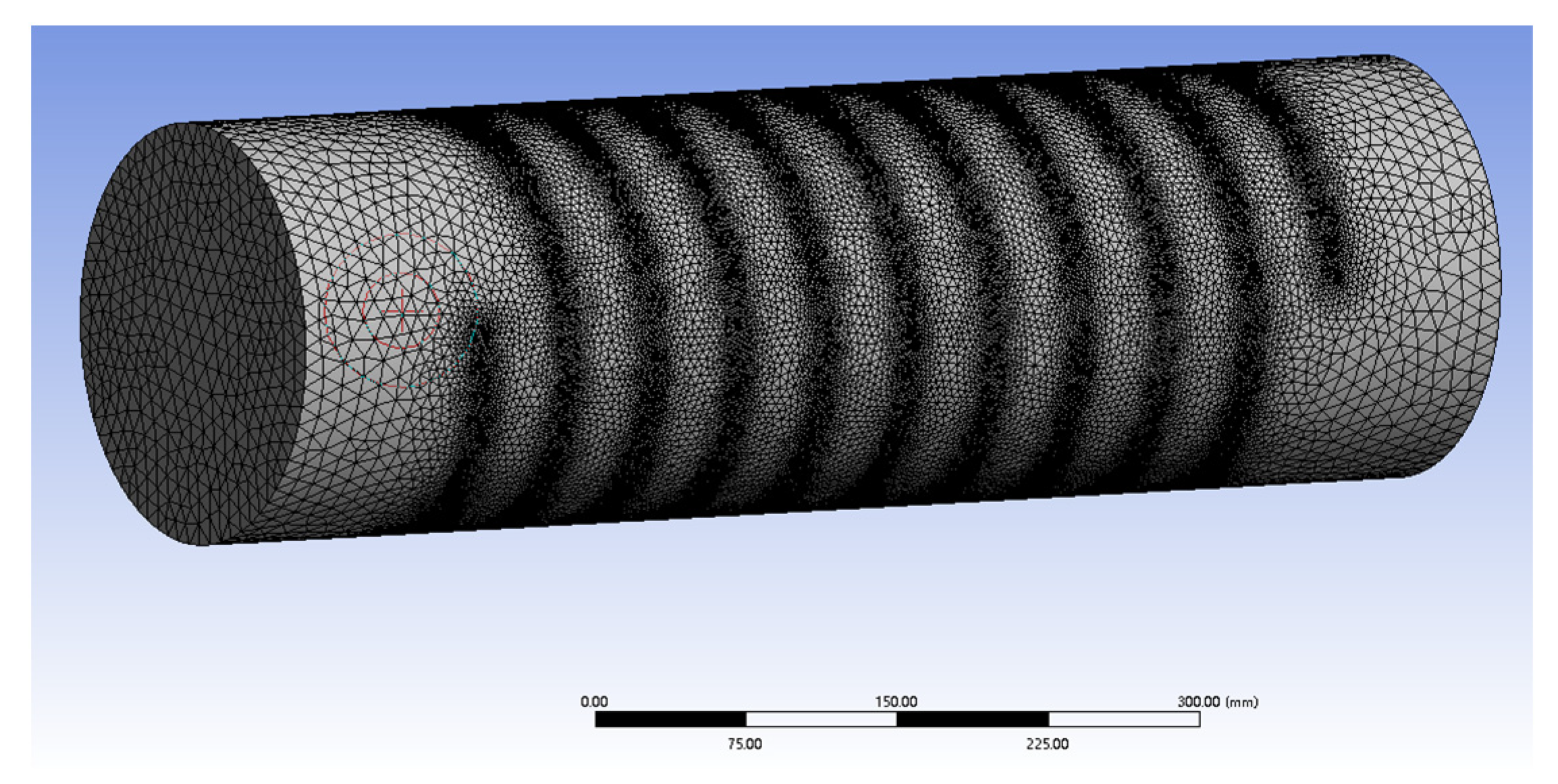

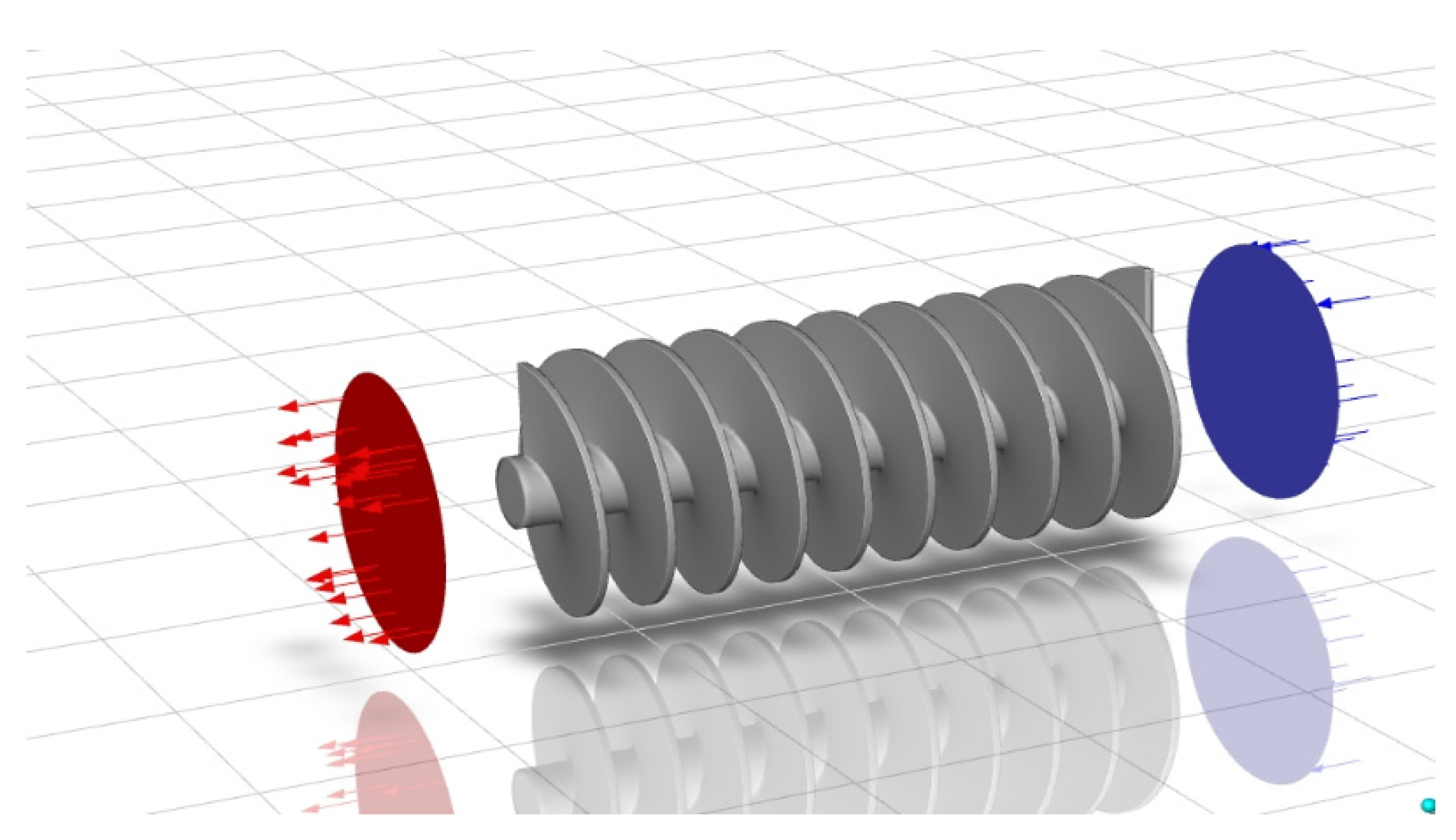
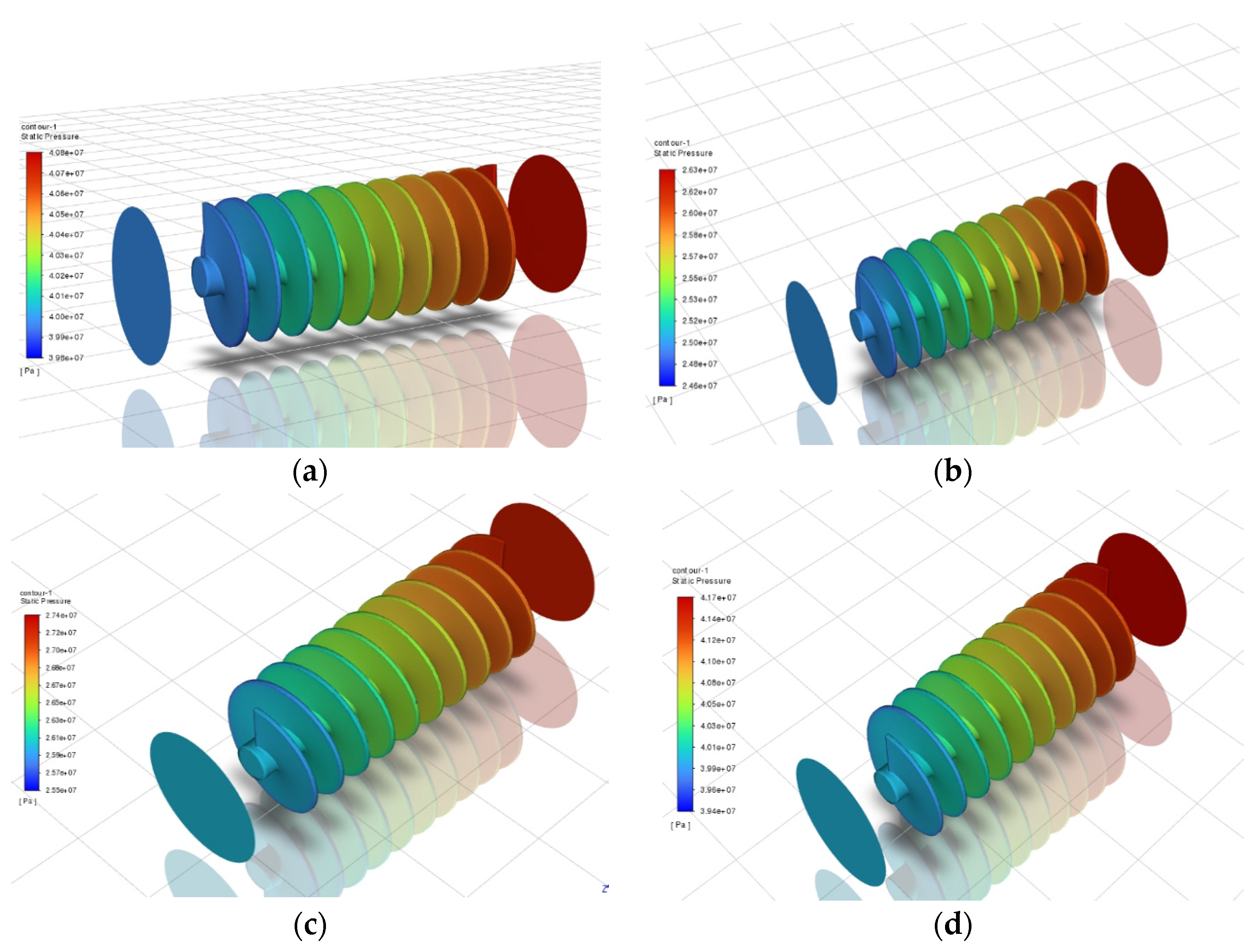
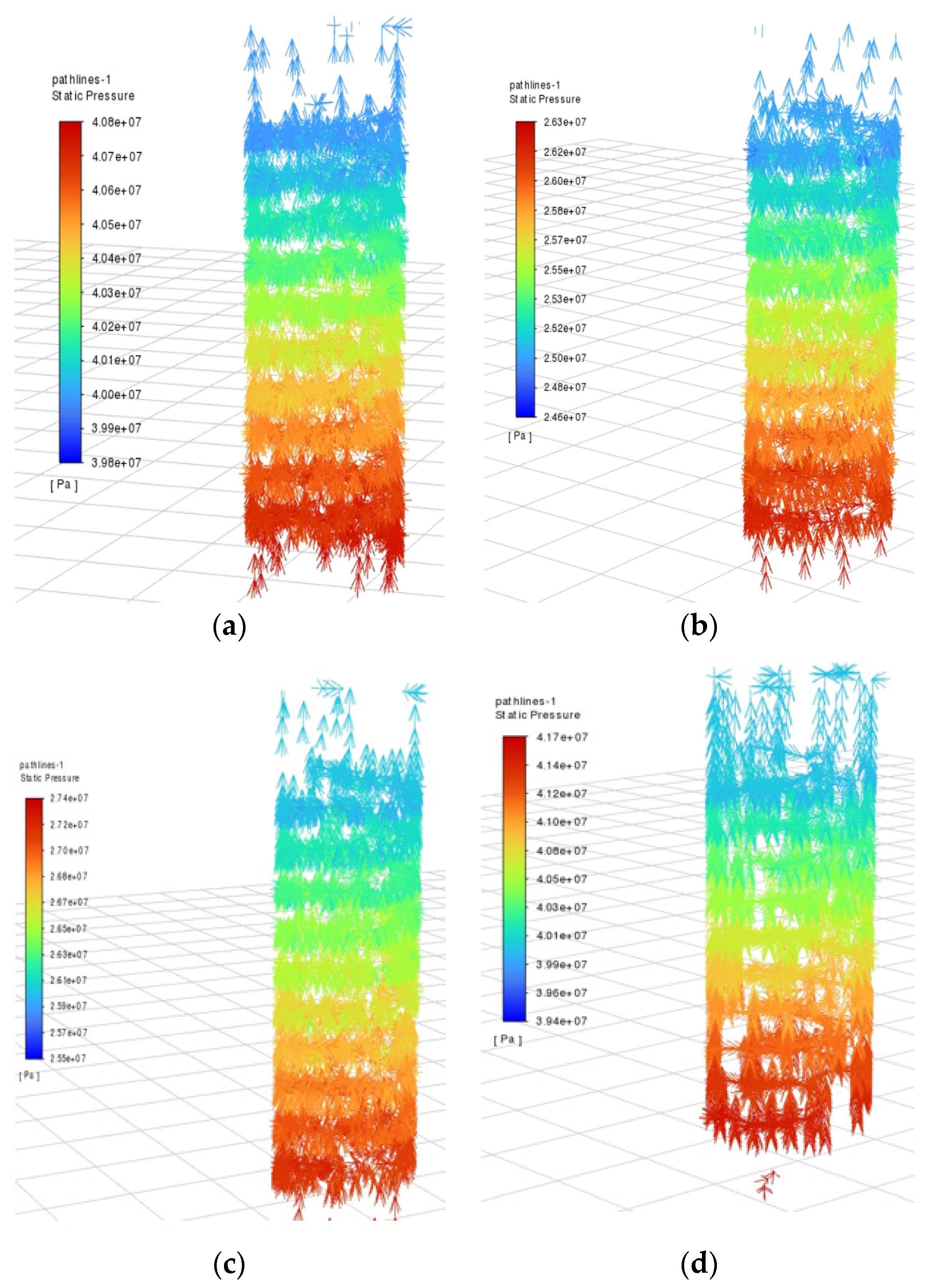


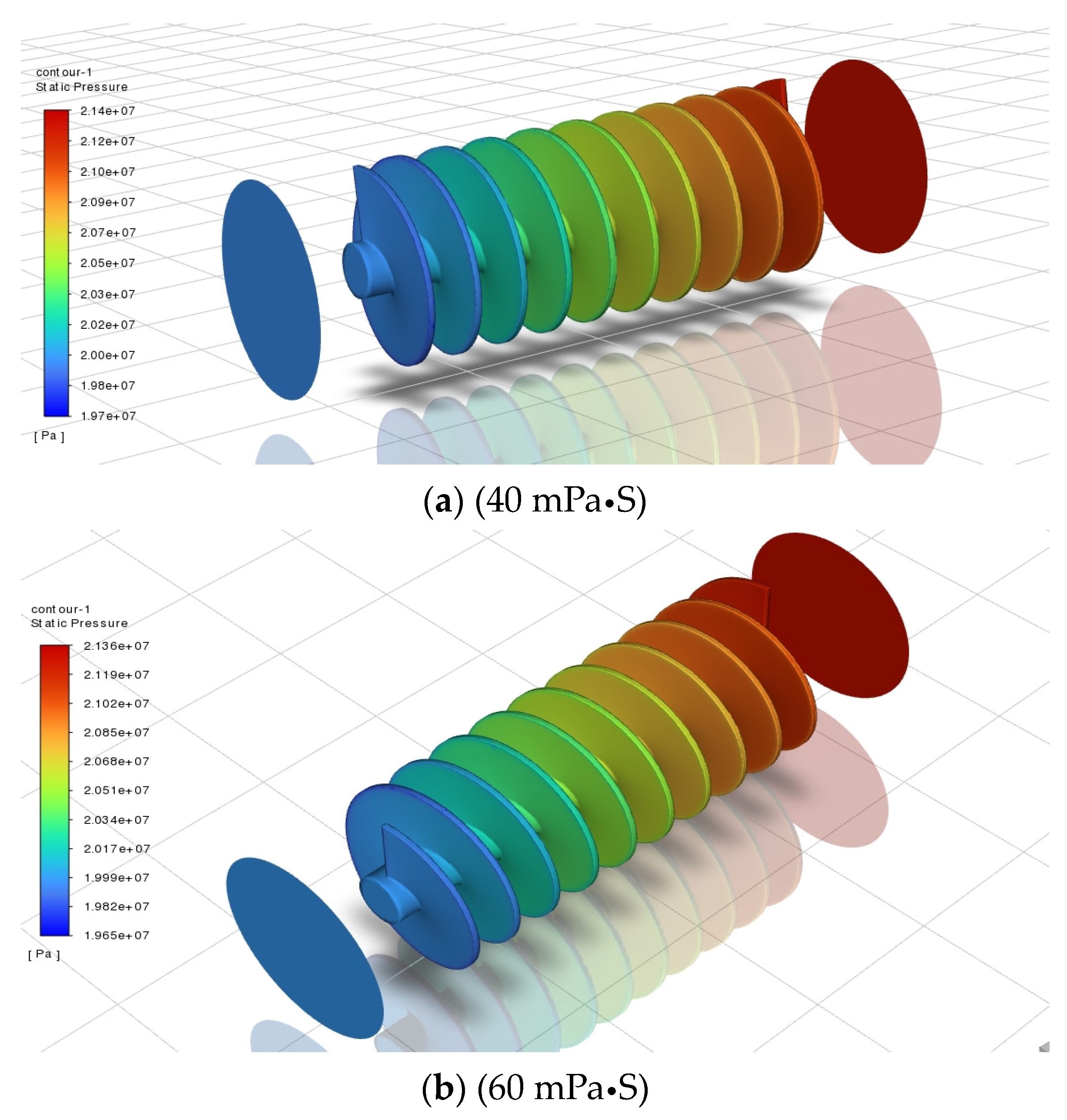

| Well Depth/m | Normal Drilling Pressure/MPa | Pressure Relief Tool Pressure/MPa | Depressurisation Value/MPa |
|---|---|---|---|
| 800 | 11.76 | 10.08 | 1.68 |
| 1000 | 14.70 | 12.96 | 1.74 |
| 1200 | 17.64 | 15.98 | 1.66 |
| 1400 | 20.58 | 18.81 | 1.77 |
| 1600 | 23.52 | 21.70 | 1.82 |
| 1800 | 26.46 | 24.87 | 1.59 |
| 2000 | 29.40 | 27.48 | 1.92 |
| 2200 | 32.34 | 30.32 | 2.02 |
| 2400 | 35.28 | 33.39 | 1.89 |
| 2600 | 38.22 | 36.23 | 1.99 |
Disclaimer/Publisher’s Note: The statements, opinions and data contained in all publications are solely those of the individual author(s) and contributor(s) and not of MDPI and/or the editor(s). MDPI and/or the editor(s) disclaim responsibility for any injury to people or property resulting from any ideas, methods, instructions or products referred to in the content. |
© 2024 by the authors. Licensee MDPI, Basel, Switzerland. This article is an open access article distributed under the terms and conditions of the Creative Commons Attribution (CC BY) license (https://creativecommons.org/licenses/by/4.0/).
Share and Cite
Ren, M.; Zhang, X.; Xie, R.; Wang, J.; Zhu, Z.; Cheng, X.; Dou, L. Study on the Equivalent Density Tool and Depressurisation Mechanism of Suction-Type Depressurisation Cycle. Processes 2024, 12, 2017. https://doi.org/10.3390/pr12092017
Ren M, Zhang X, Xie R, Wang J, Zhu Z, Cheng X, Dou L. Study on the Equivalent Density Tool and Depressurisation Mechanism of Suction-Type Depressurisation Cycle. Processes. 2024; 12(9):2017. https://doi.org/10.3390/pr12092017
Chicago/Turabian StyleRen, Meipeng, Xingquan Zhang, Renjun Xie, Junyan Wang, Zhaopeng Zhu, Xuebin Cheng, and Liangbin Dou. 2024. "Study on the Equivalent Density Tool and Depressurisation Mechanism of Suction-Type Depressurisation Cycle" Processes 12, no. 9: 2017. https://doi.org/10.3390/pr12092017






